bookCloud Computing: Concepts, Technology & Architecture,
CompositionThomas Erl, Zaigham Mahmood, Ricardo Puttini,
The book isCloud Computing: Concepts, Technology & Architecture is a comprehensive reference for anyone interested in understanding the cognitive and technical framework of cloud computing. Combining theoretical and practical perspectives, the authors provide readers with a comprehensive guide to understanding the fundamental concepts, technological mechanisms, and architectural models that form the foundation of this revolutionary IT paradigm.
The book emphasizes that it is not just a technology, but rather an integrated business model based on the intelligent allocation of resources and high flexibility in service delivery.
The roots of cloud computing and its historical development
In its first chapters, the book focuses on the historical origins of cloud computing, pointing out thatCloud Computing: Concepts, Technology & Architecture Evolving from technologies such as grid computing and virtualization, the book explores the changing patterns of IT concepts, from locally owned servers to virtual rentals from giant, remotely managed data centers.
In this context, the book is the culmination of decades of continuous development in infrastructure and enabling technologies.
Basic concepts and structural properties
The book covers in-depth concepts that everyone working in the field should know, such as computing resources, the cloud, the consumer, and the service provider. It also details the characteristics of the cloud computing environment, such as on-demand usage, elastic expansion, and universal access over the Internet.Cloud Computing: Concepts, Technology & Architecture presents these concepts in an organized manner that helps connect theory with practical application, making the reader's understanding broader and more relevant to professional and operational reality.
One of the most prominent featuresCloud Computing: Concepts, Technology & Architecture is a breakdown of cloud service delivery models: Infrastructure as a Service (IaaS), Platform as a Service (PaaS), and Software as a Service (SaaS).
The book explains that these models are not completely separate, but can be combined to form hybrid solutions that meet the needs of different institutions. The book emphasizes thatCloud Computing: Concepts, Technology & Architecture helps you understand the mechanisms of combining these models and how to control them from a technical and operational perspective.
Cloud Computing Enabling Technologies
The authors address the technologies that paved the way for the emergence of the cloud computing environment, most notably: wide area networks, virtualization technology, web service technologies, and multi-tenant models, and presentCloud Computing: Concepts, Technology & Architecture explores these topics in detail, supported by real-world examples, and demonstrates how each of these technologies enables a specific type of cloud service, thus contributing to the transformation of computing from local to distributed on a global scale.
Cloud infrastructure mechanisms
The book thoroughly reviews infrastructure components such as virtual servers, cloud storage, usage monitors, and resource replication mechanisms. The authors point out thatCloud Computing: Concepts, Technology & Architecture connects these components into an integrated system that enables organizations to leverage vast resources at low costs. The book also demonstrates how to use these mechanisms to build highly efficient and reliable integrated systems.
Cloud management and control mechanisms
In a dynamic environment like the cloud, management and monitoring become critical factors for success, so it is dedicated toCloud Computing: Concepts, Technology & Architecture includes chapters devoted to management mechanisms such as remote control systems, resource management, service level agreement (SLA) monitoring systems, billing systems, and others. The book demonstrates how these mechanisms establish a disciplined operational environment, ensure service sustainability, and ensure quality assurance for service providers.
The book focuses on several architectural models, including: dynamic scaling, workload distribution, multi-tenant partitioning, and high-availability solutions. These designs are essential in an environment that relies on flexible and real-time resource provisioning. It explainsCloud Computing: Concepts, Technology & Architecture How choosing the right architecture depends not only on the technical aspect but also on performance requirements, customer expectations, and the nature of the applications themselves.
Security in Cloud Computing
This book addresses one of the most sensitive issues, which is information security. The book discusses common threats such as data eavesdropping, denial of service attacks, and internal breaches, and presents protection tools such as encryption, digital signatures, and public key infrastructures.PKI).
The book shows how, through an integrated security architecture,Cloud Computing: Concepts, Technology & Architecture A secure and reliable option for even the most sensitive data.
Commercial and financial considerations
One of the most important chapters of the book highlights the business aspects associated with cloud computing. The book discusses pricing models, performance indicators, service level agreements, and ROI evaluation, and explains thatCloud Computing: Concepts, Technology & Architecture can be a strategic tool to reduce costs, expand market reach, and improve customer experience, when adopted within a well-thought-out business framework.
The book concludes with a detailed roadmap for organizations' transition to cloud computing, emphasizing the importance of proactive risk assessment, clear objectives, and defined responsibilities.
He explains thatCloud Computing: Concepts, Technology & Architecture provides everything technical and management teams need to successfully embark on their transformation journey, from planning to full cloud deployment.
You can download the bookCloud Computing: Concepts, Technology & Architecture directly from here.
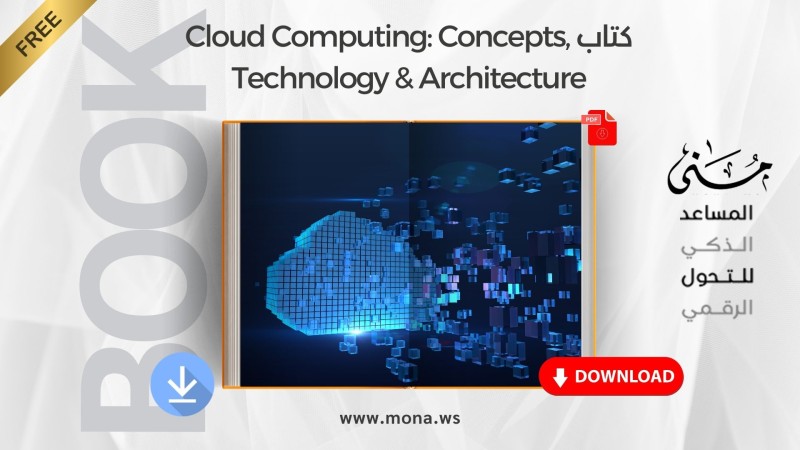 يمكنك تحميل كتاب Cloud Computing: Concepts, Technology & Architecture مباشرةً من هنا.
يمكنك تحميل كتاب Cloud Computing: Concepts, Technology & Architecture مباشرةً من هنا.
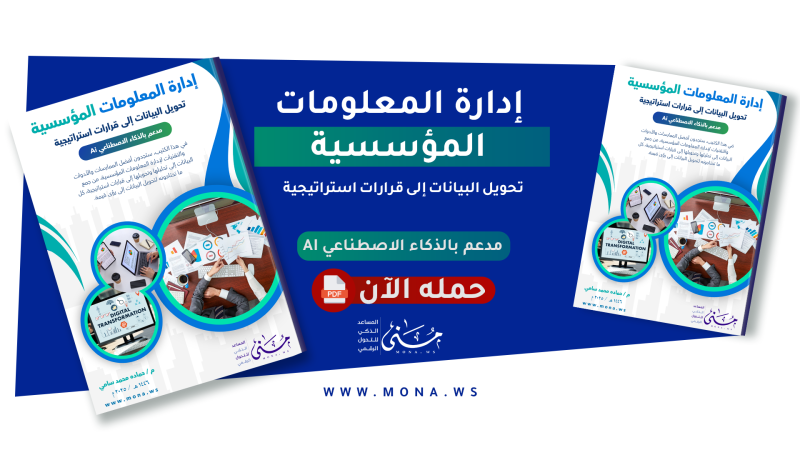
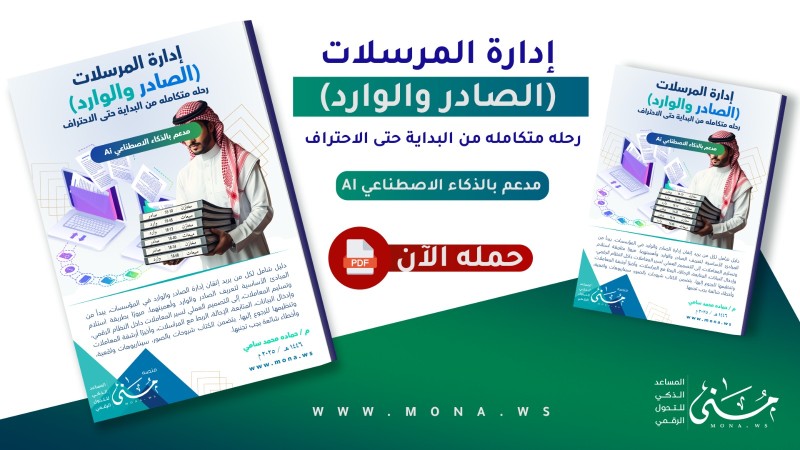
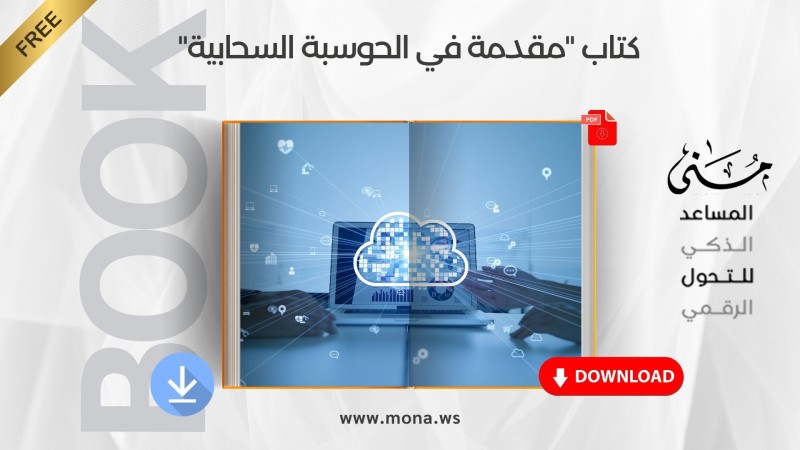

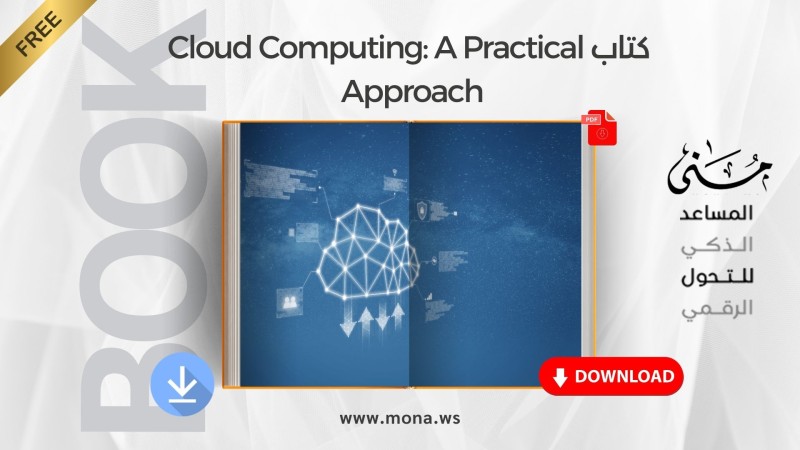
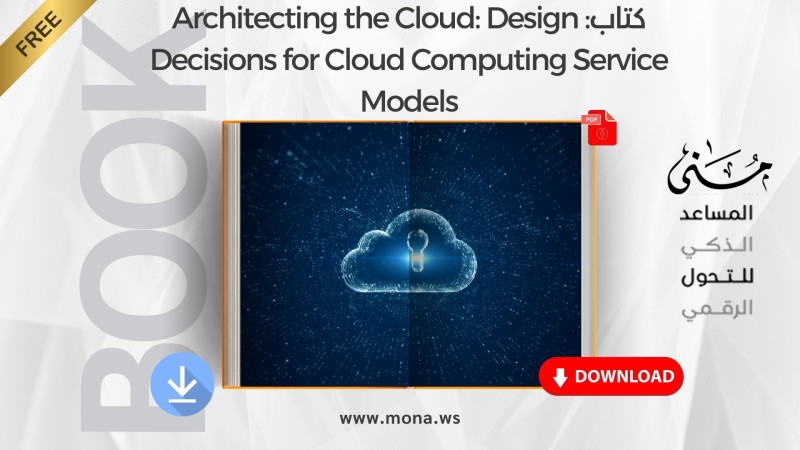
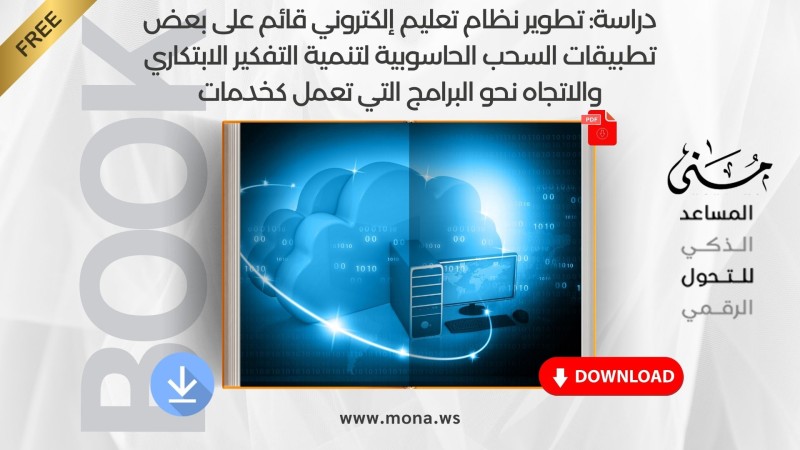
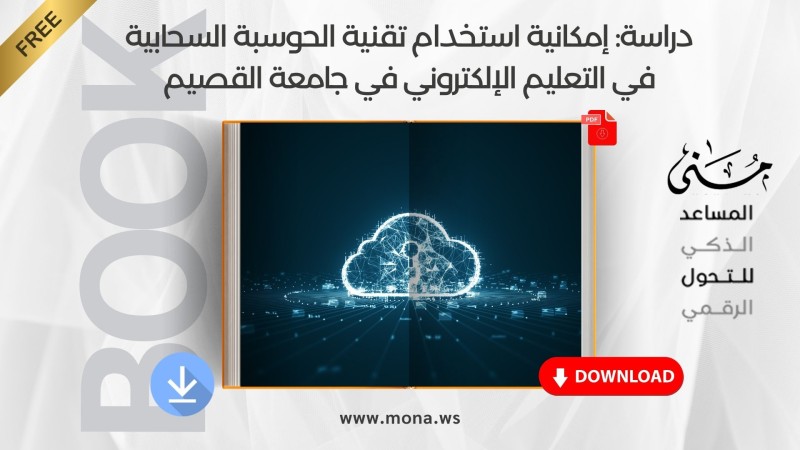
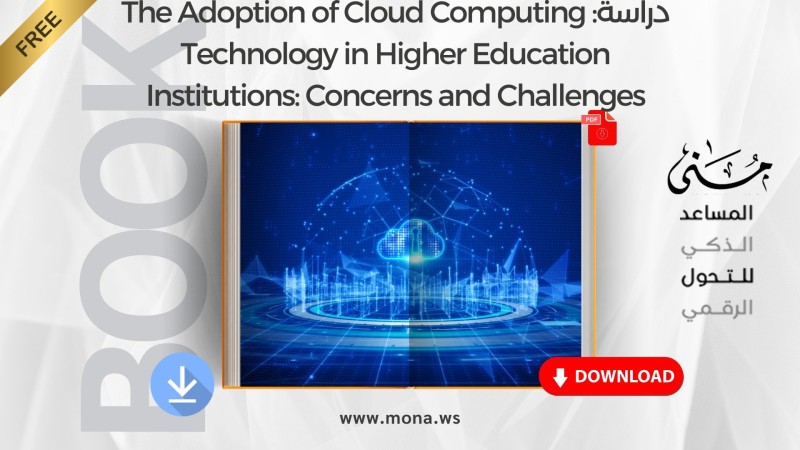
Comments
Add New Comment